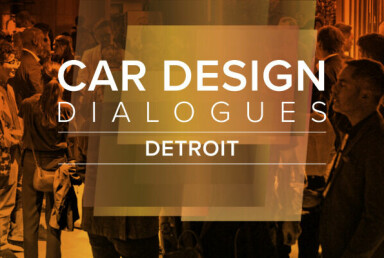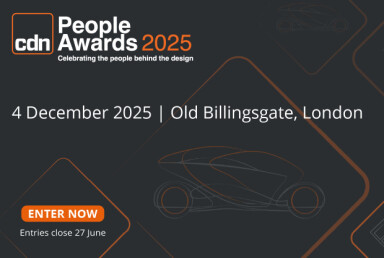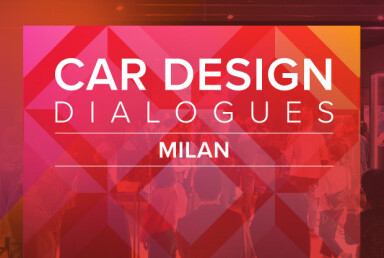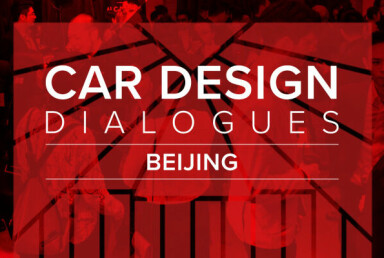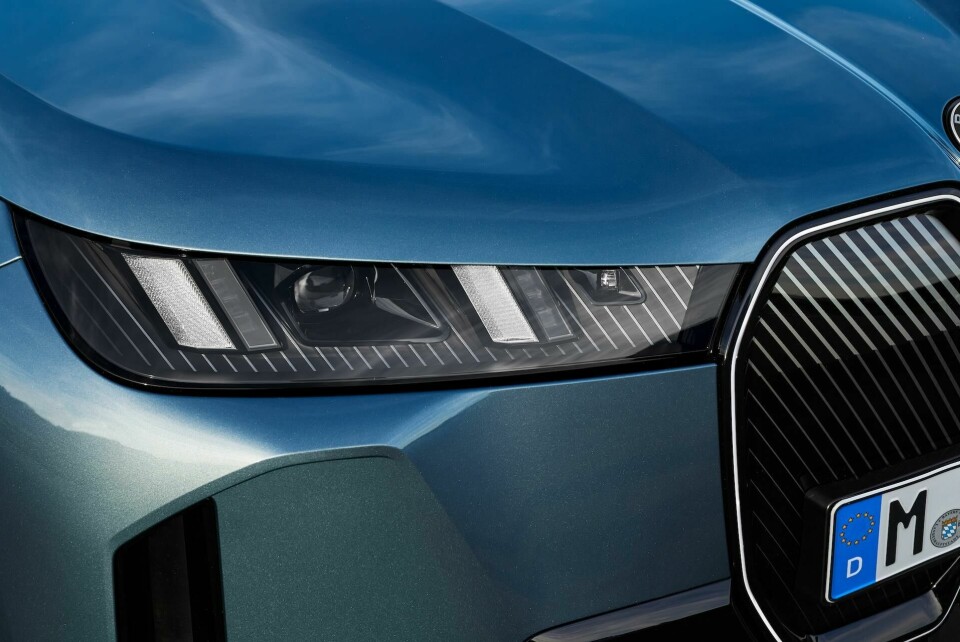
‘Fight or flight’: the human science of perceived quality
There is a reason why products resonate with consumers in a certain way, and Alina Braun has dedicated a large portion of her career to understanding that in more detail. Today, Braun is applying that knowledge in the world of car design
It is often said that, like art, design is about how something makes you feel. Humans process these emotions with limited control, reacting instinctively with whatever feels ‘right’ in the moment. It would make sense then for design teams to have an expert in psychology on board.
First impressions are made almost immediately but can change as one gains a better understanding of the thing.In the case of the car, a deeper emotional connection with the driver, passenger or onlooker can take time to form. Some designers have even referred to “the five stages of love” in this context, creating products that lure people in and experiences that continue to satisfy.
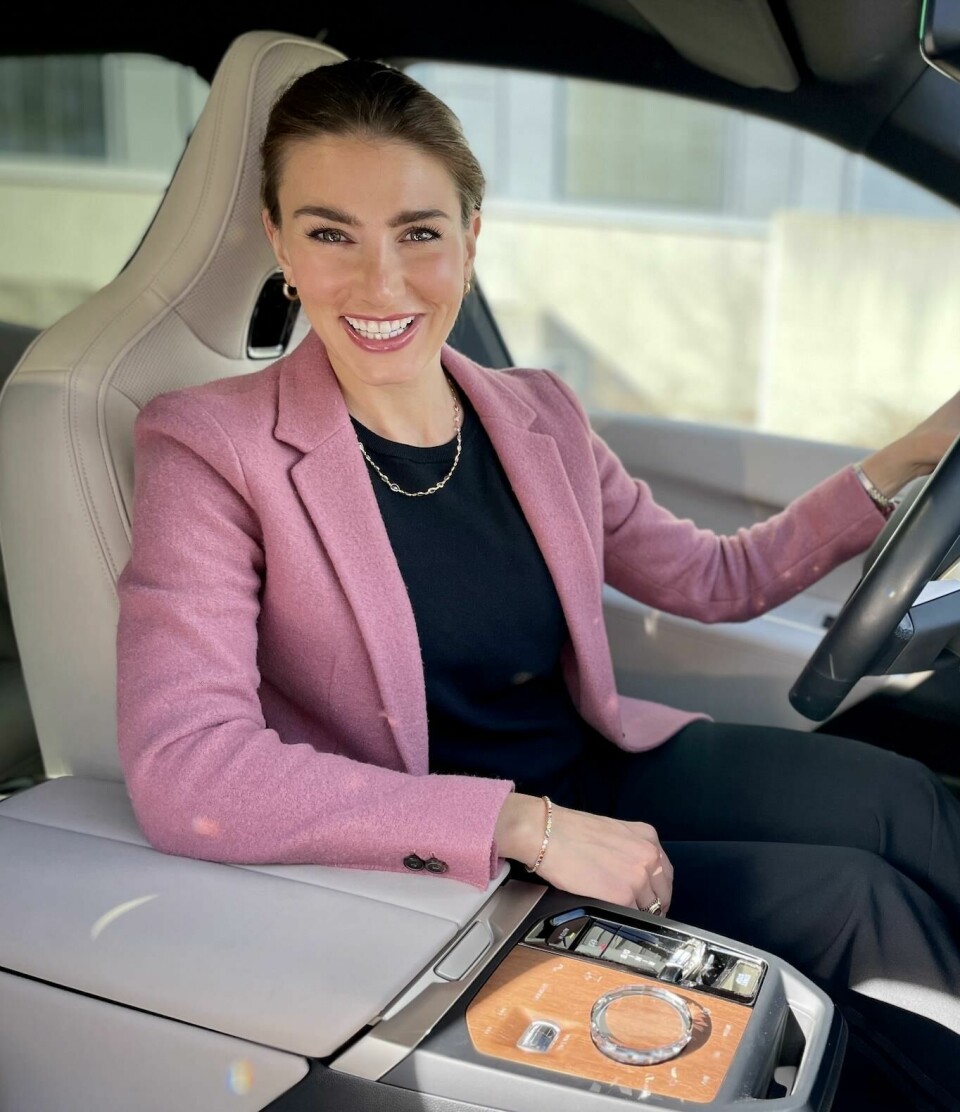
As much as design is an art, there is science behind it too – human science, to be exact – which in very broad terms explains why we like certain things and are put off by others.
Braun studied this field of research for over a decade in the US, leading to new insights into human behavior and even a few scientific publications.
This is the very science that led to roles in perceived quality with brands like McLaren, Lotus and others. Today, Braun works at the BMW Group, combining design psychology with design strategy.
“With this stream of science we really try to understand what impacts human perception and behaviour, through a combination of psychology, design and marketing,” Braun explains, referring not to her work with BMW specifically but from her experience thus far across the industry.
Braun took a slightly unconventional route into PQ, with a strong scientific focus on design and human science, a degree in engineering and textiles, experience in the fashion industry, and further education in arts. This background – not hugely automotive-centric – meant that upon entering the industry, a few things became immediately obvious.
For example, many interior surfaces appeared to use cheap materials, even in premium and luxury vehicles. Switches, buttons and dials, for example, seemed to use plain moulded plastic.
Humans can sense if something is high quality or not – we know if we love or hate it
Reflecting on the tactile satisfaction of a relatively lower-priced pen with an authentic metal finish, Braun questioned why the industry often settled for less when relatively simple tweaks could make a huge difference to the overall perception of the interior and the brand itself. This is a very specific example, but the principle applies more broadly elsewhere.
Later, with more experience in the automotive industry, Braun understood the impact of unit costs and small batch manufacturers. But there were still questions in her mind: “Coming in with a non-automotive background, I doubted that customers would buy into the reasoning of unit costs when lower-priced products with better quality are in range, especially for a premium or luxury vehicle where the average customer will have higher expectations.”
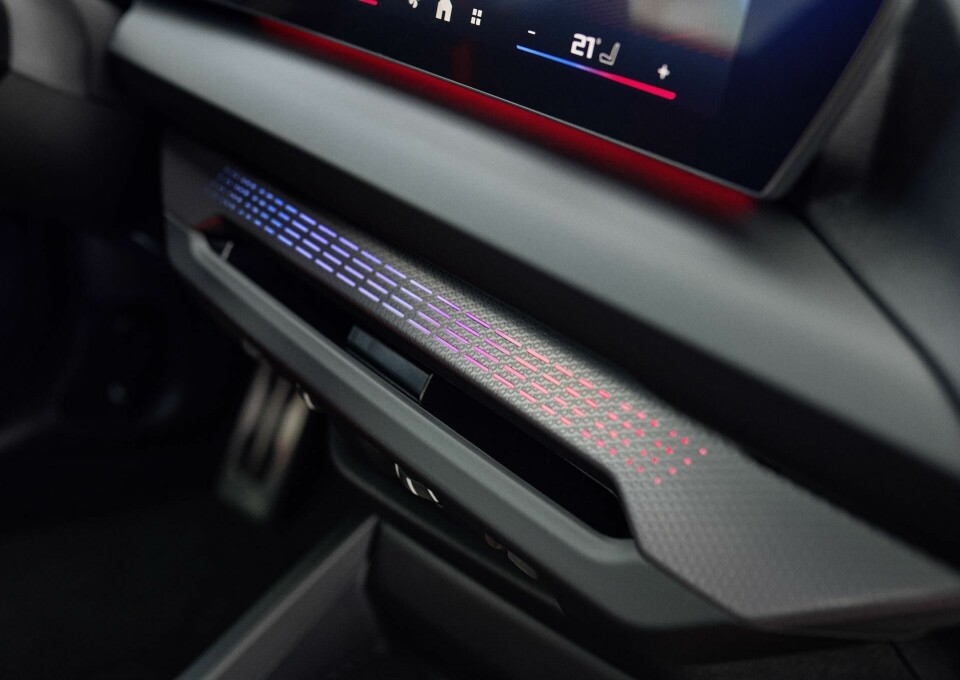
Drawing on her earlier experience in the world of fashion, Braun found many customers struggled to articulate why a product felt premium. This lack of understanding led to deeper investigations, prompting her Master’s thesis on the matter of “perceived quality” and, later, further doctoral research into the relationship between perceptions of quality and of risks. These findings revealed how perceptions of quality are closely linked to evolutionary theories around human instincts.
“Humans immediately categorise products and sense if something is high quality or not. We know if we love it, hate it or want to explore further within milliseconds,” Braun explains. “We often make these decisions subconsciously, which makes it very difficult for people to articulate. If you look back at evolutionary psychology, cavemen had to identify if someone is a friend or foe within the blink of an eye and make the right decision immediately: fight or flight. That’s exactly how the first judgement of quality works, deeply rooted in human behaviours and psychology – it’s about previous experiences, memories, categorisation and emotions and is an incredibly complex topic.”
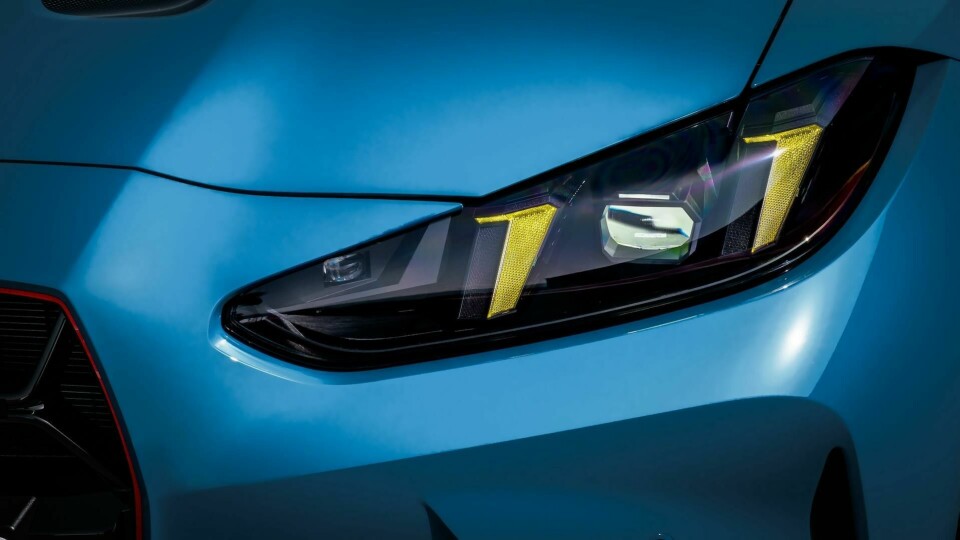
Alongside the traditional (and fundamental) principles of gap and flush analysis, Braun believes it is important to look at the bigger picture, also known as the ‘Gesalt’ of a product. “The whole is different to the sum of its parts,” notes Braun, quoting famous philosophers. What does that mean, exactly? Well, to quite literally step back and view the product as a whole.
In the context of automotive design, this means considering the collective impact of various elements versus looking at single elements only—all elements work in combination. Performing discrete analyses but then ensuring each element works together. As Braun explains, the list of considerations continues to grow as more technology enters the car and thus a holistic view is crucial.
We must recognise that human emotions and judgments are intricately complex
“There are many different factors that our brain is processing simultaneously – the sound of a closing door, the welcome light, the material you touch, the switch layout, all of the UX/UI content to name a few – it is becoming more and more complex. But we need to look at how it all comes together as a collective experience: a switch layout may have a high PQ score in isolation, but if you combine that with other considerations – even the smell of the interior – the overall perception of quality could be very different.”
Braun ultimately advises designers and engineers to take a step back, look at the whole, to “feel” it, and then go back into the details. An interdisciplinary approach, leveraging the insights of psychologists and scientists, should also be brought into car design. “We must recognise that human emotions and judgments are intricately complex,” concludes Braun, ”and that consumers do not differentiate between product categories when judging perceived quality: they will compare their £500 phone with their multiple-thousand-pound car in the parking lot.”
